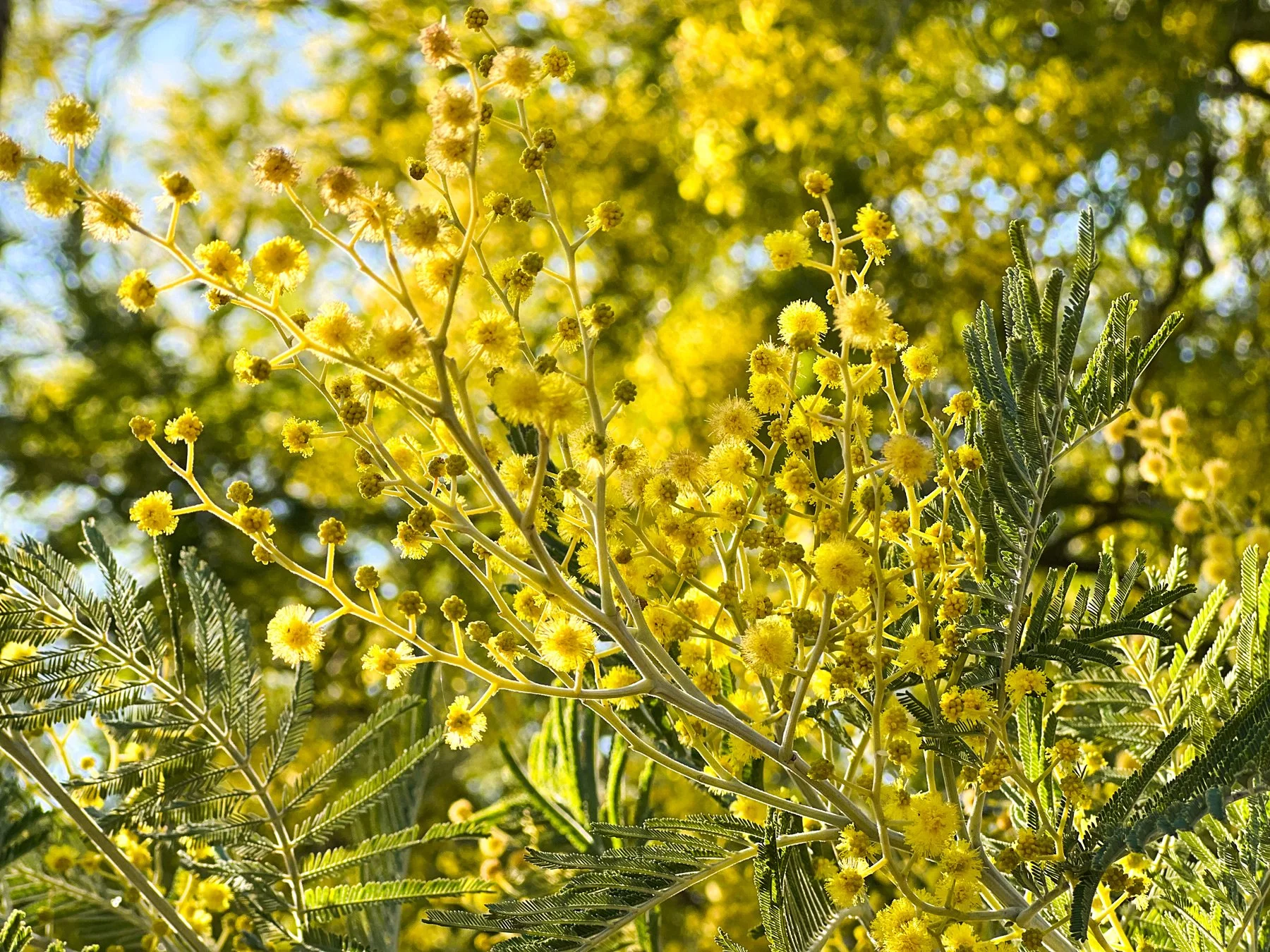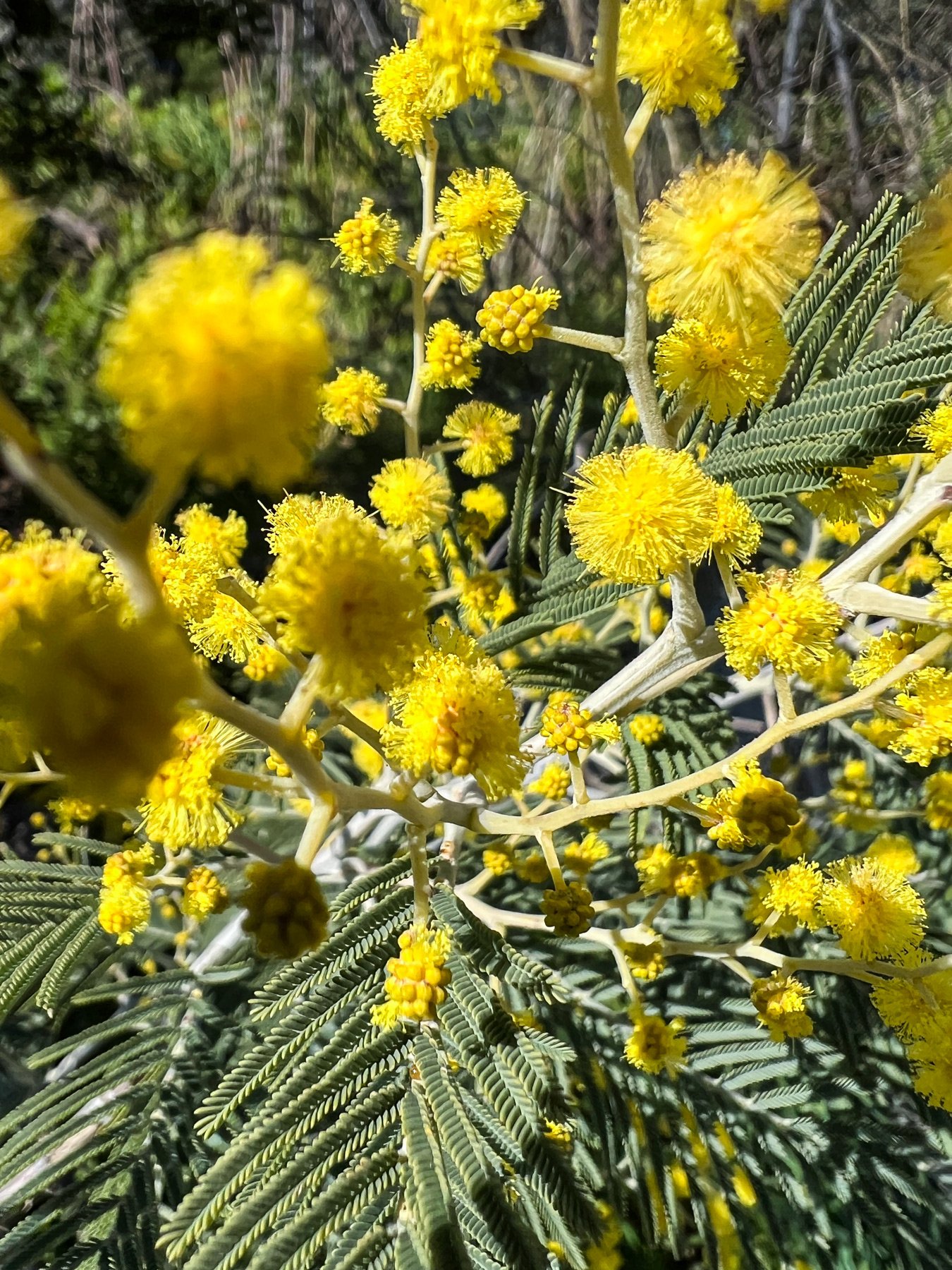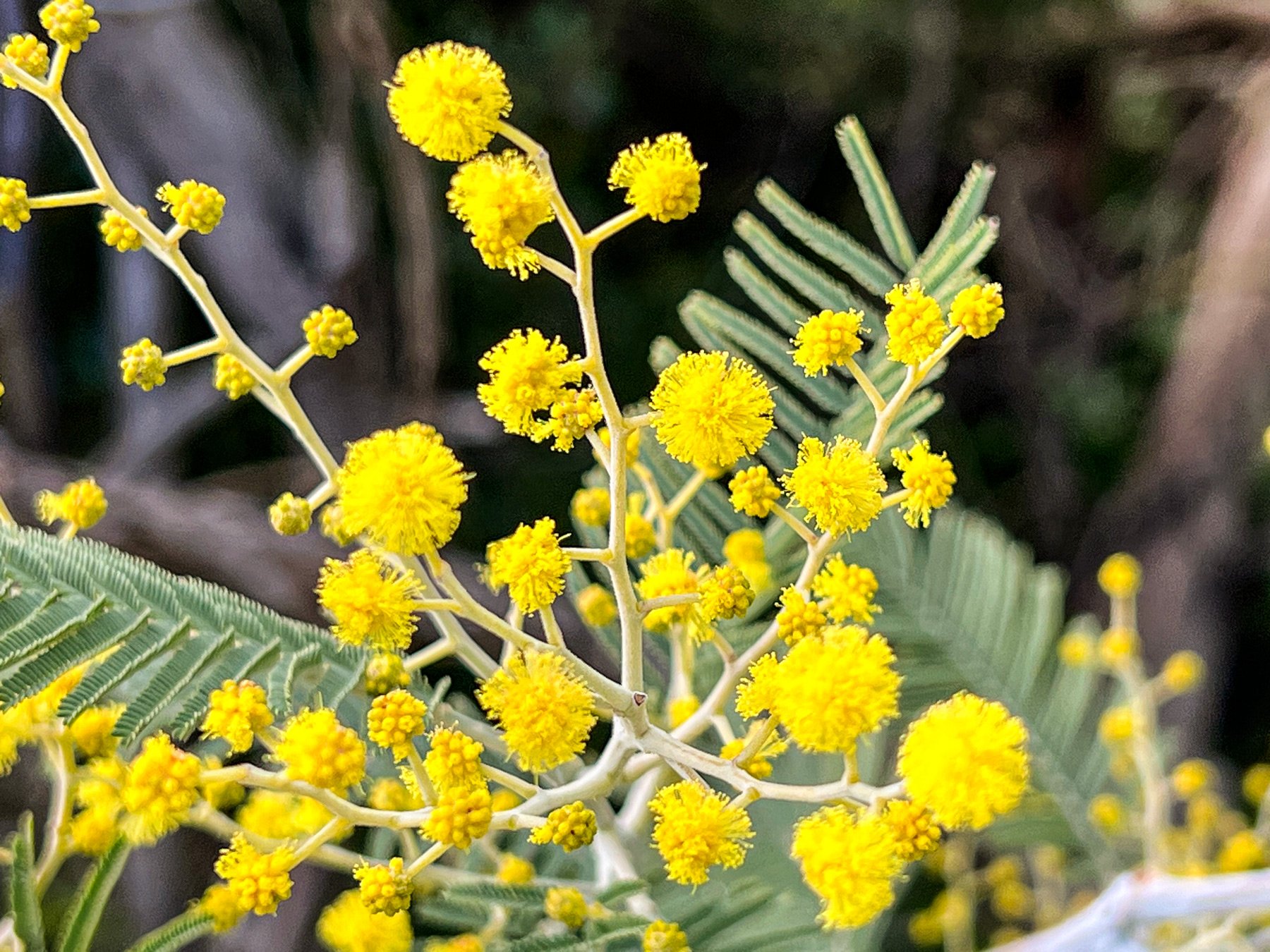Puffy, muppet-like yellow pompoms, covering tall trees with its feather shaped leaves, swaying in the coastal breeze coaxes us out of a winter slumber. The mimosa (aka Acacia decurrens var. dealbata) is native to Tasmania but was introduced to Europe in the late 1700s where it now grows spontaneously throughout the Mediterranean.
In Italy, since the mid-1900s, the mimosa flower has become a symbol of strength, sensibility, sensitivity for Women’s Day. On March 8th, in fact, women and men in Italy traditionally give mimosa flowers in a show of appreciation for the strong women in their lives.
The mimosas is a visual joy and even a symbolic gesture of strength but… we’re here we talk about scent, right?





